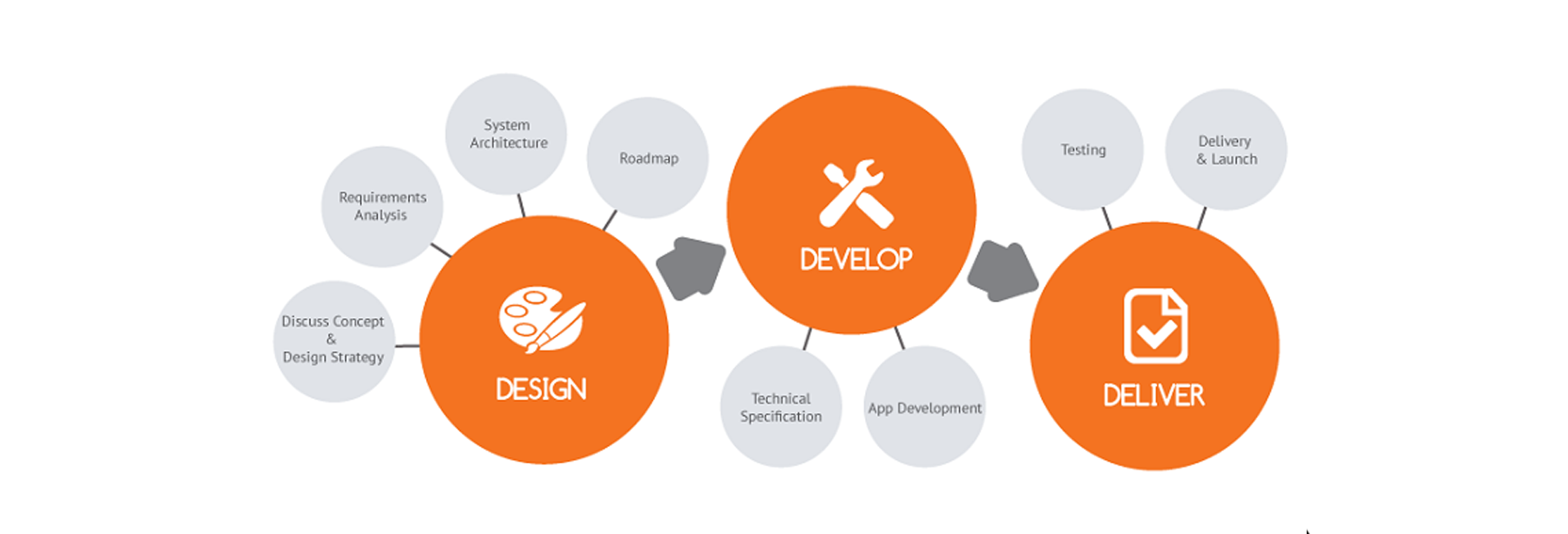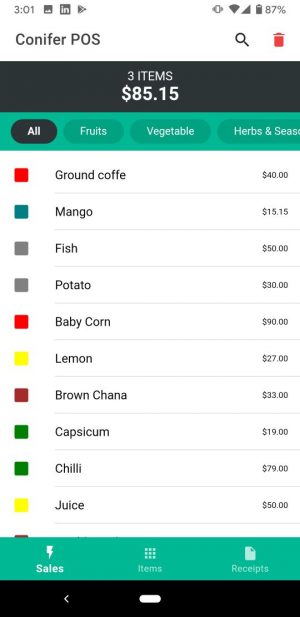Apps such as Instagram, Whatsapp, Snapchat, etc are a part of a lot of people’s lives and we spent a considerable amount of time on it. The app market is expected to reach about 189 billion USD, but have you ever wondered just how these apps are made? What are the steps that are involved in mobile app development? If not, then here it is.
- Market research –
Before making any app, the developers research the market for finding the problems, people’s needs, functions not provided by other apps, the target audience, etc.
- Conceptualization –
Now that you have an idea about the market, next comes the making a concept for your app, it involves brainstorming about the various functionalities, determining an outline about your app, etc.
- Design –
After making a concept, you need to make a design about your app, and etch out specific details such as the window which will launch after opening your app, various buttons, banners, icons, the primary screen, User Interface, etc. Sketches are also drawn in this stage.
- Considering the technical aspects –
You have considered the various functions which your app will have, now it’s time to consider the various technicalities related to it. You have to make an API [application program interface] which is a set of subroutine definitions, communication protocols, and tools for building software.
You can use the below mobile development framework:
Making a prototype –
When you’ve made the design and considered the various aspects, it’s time to make a prototype of your app. Making a prototype helps you to check whether your app lives up to the various functionalities you intended. There are various tools that you can use for making a prototype.
- Developing the app –
If you are fine with the prototype of your app, you move to the development stage. It has three phases i.e the Alpha phase where the core functionalities are developed, the Beta phase where major functions and features are developed and bugs are fixed, and the final Release phase where the app is released to the public.
- Testing –
No matter how amazing an app is if it has bugs and it keeps crashing, it won’t be used by people. Testing helps to find out the various problems, bugs and gives valuable user feedback to the developers.
- Launch –
After the app has been tested and given a nod, it is launched in the market to see the response it will receive.
These were the steps involved in mobile app development which the app developers follow before an app is made available for us to use.





